
President Trump’s relentless attacks on the Federal Reserve and its chair, Jerome H. Powell, have put the central bank under intense scrutiny as it grapples with when and by how much to cut interest rates again after a long pause.
Officials at the Fed are set to gather for their next meeting on monetary policy in less than two weeks, and they are expected to keep interest rates steady for the fifth time this year as they wait to see the impact of Mr. Trump’s tariffs and other policies on the economy.
That decision has been highly telegraphed. But it comes at a moment of acute tension between the White House and the Fed. Mr. Trump, angered by the central bank’s reluctance to lower borrowing costs, has stepped up his pressure campaign on Mr. Powell, repeatedly insulting him and even going so far as to brandish a draft letter firing him to House Republicans in the Oval Office this week.
“The USA is Rockin’, there is VERY LOW INFLATION, and we deserve to be at 1%, saving One Trillion Dollars a year on Interest Costs,” the president wrote on social media on Friday in a post that again took direct aim at Mr. Powell using one of his favorite nicknames. “I can’t tell you how dumb Too Late is — So bad for our Country!”
Mr. Trump has made clear that, even if he doesn’t try to fire Mr. Powell, he will pick a successor who will listen to him and cut interest rates. The Fed operates independently of the White House, a safeguard that is seen as sacrosanct to ensure that borrowing costs are set based on what is most appropriate for the economy rather than what is politically desirable.
Throughout his tenure at the Fed, Mr. Powell has strongly supported that independence. When asked about the president’s criticism at an event in Sintra, Portugal, earlier this month, the chair said he was “very focused on just doing my job.”
The July decision to hold interest rates at a range of 4.25 percent to 4.5 percent is all but guaranteed. But the path forward is far less certain, as officials begin to shift out of a wait-and-see stance that has kept rate cuts at bay since January.
The vast majority of U.S. central bankers expect to be able to cut interest rates at some point this year, but opinions on the timing and the magnitude vary depending on two big questions: Just how inflationary will Mr. Trump’s tariffs be? And how quickly will the labor market deteriorate?

On one end of the spectrum sits Christopher J. Waller, an influential governor who is also seen as a dark-horse candidate to replace Mr. Powell as chair when his term expires in May. This week, he laid out his most definitive case yet as to why the Fed should lower interest rates by a quarter of a percentage point at its meeting this month. In an interview with Bloomberg TV on Friday, he said he would accept the Fed chair job if the president offered it.
Mr. Waller is arguing that price pressures now popping up because of Mr. Trump’s tariffs, as seen in the latest inflation report released on Tuesday, will fade over time rather than morph into a more persistent problem. He has also raised alarm about the state of the labor market, which remains solid but by some metrics — like hiring by private companies — is “near stall speed and flashing red.”
Michelle Bowman, another Trump pick recently appointed to be the Fed’s vice chair of supervision, also tacitly supported a July cut earlier this month
On the other side is another cluster of policymakers — seven of whom penciled in no further cuts this year as of the most recent projections published in June. Officials in this cohort have expressed concern about the risks posed by Mr. Trump’s tariffs on inflation and see little urgency to move when layoffs are still low and consumers are spending, even if it is at a slower pace than before.
But the largest group sits somewhere in between, occupying a middle ground that suggests the conditions for an interest rate cut may soon be reached.
“They’ve set themselves up for a cut in September,” said William English, a Yale professor and a former director of the Fed’s division of monetary affairs. “But it’s all subject to very substantial uncertainty.”
The path to a cut in September rests on there being no inflation surprises and the labor market showing further signs of softening. The degree of weakening is likely to be less than what was once thought necessary for the Fed to act, compared with the period after Mr. Trump threatened much stiffer tariffs in April. Those levies, announced and then rolled back in early April, risked causing inflation to surge much more than is currently forecast and the economy to slow. That painful combination of high inflation and stagnating growth could have constrained the Fed’s ability to cut interest rates.
According to the latest projections released at the June meeting, most officials still expected to lower interest rates by half a percentage point this year — or two quarter-point cuts — even as they forecast “core” inflation, which strips out volatile food and energy prices, rising to 3.1 percent. As of the most recent release in May of the Fed’s preferred inflation measure, the Personal Consumption Expenditures price index, it stood at 2.7 percent.
“You can’t wait forever, because if we wait until inflation is 2 percent, well then we’ve lost,” Mary Daly, president of the Federal Reserve Bank of San Francisco, told Bloomberg TV on Thursday. “We’ve likely injured the economy in some way that was completely unnecessary.”
Ms. Daly added that two quarter-point cuts this year was a “reasonable outlook.”
The Fed cut rates by a percentage point last year. Resuming cuts this fall would shift the Fed’s policy settings toward a more “neutral” stance, one in which rates are neither revving up growth nor slowing it. Earlier this month, Mr. Powell described interest rates as only “modestly restrictive” at current levels, however, suggesting once the central bank does start reducing rates again, it is not likely to move dramatically.
The conditions for a September cut are by no means guaranteed, however. If the labor market defies expectations and does not weaken, there is likely to be less motivation to get going again. If price pressures exceed the acceleration that officials are already bracing for, that would be another reason to stand pat.
“I can’t see a good case for a rate cut unless there are some indications of labor market weakness in the near term,” Julia Coronado, a former Fed economist who now runs MacroPolicy Perspectives. She said with the stock market at highs and the unemployment rate low, “why are we cutting?”
Ms. Coronado does expect the economy to eventually take a turn as Mr. Trump’s tariffs bite later this fall, prompting the central bank to start cutting again in October. “One thing that remains reliable is that inflation goes down in a recession,” she added. “If you’re worried about recessionary risks, then at least moving to neutral as you try to balance these risks makes sense, and that’s the case we expect them to make.”
Having an economically robust reason to lower interest rates when the time comes will be crucial to avoid any suspicion that officials are succumbing to pressure from Mr. Trump. The president has called for interest rates to be 3 percentage points lower, a reduction that no policymaker nor Wall Street economist has deemed necessary.
Mr. Trump’s insistence that the next Fed chair must support interest rate cuts has also created an even more challenging credibility issue for whomever gets the job.
“There’s already some damage done here simply because these questions are being asked about how resilient Powell and the Fed can be against these pressures,” said Sarah Binder, a political scientist at George Washington University.




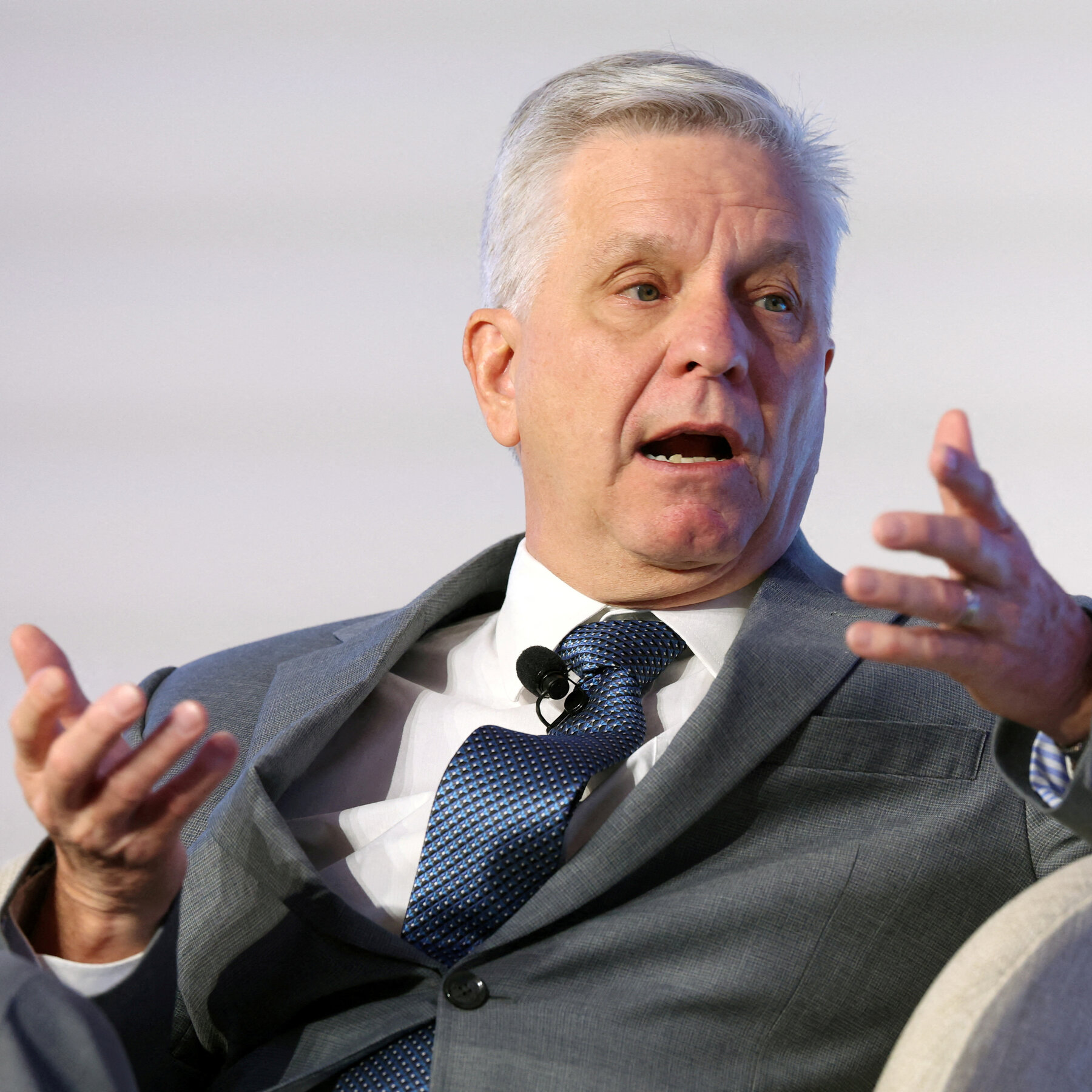
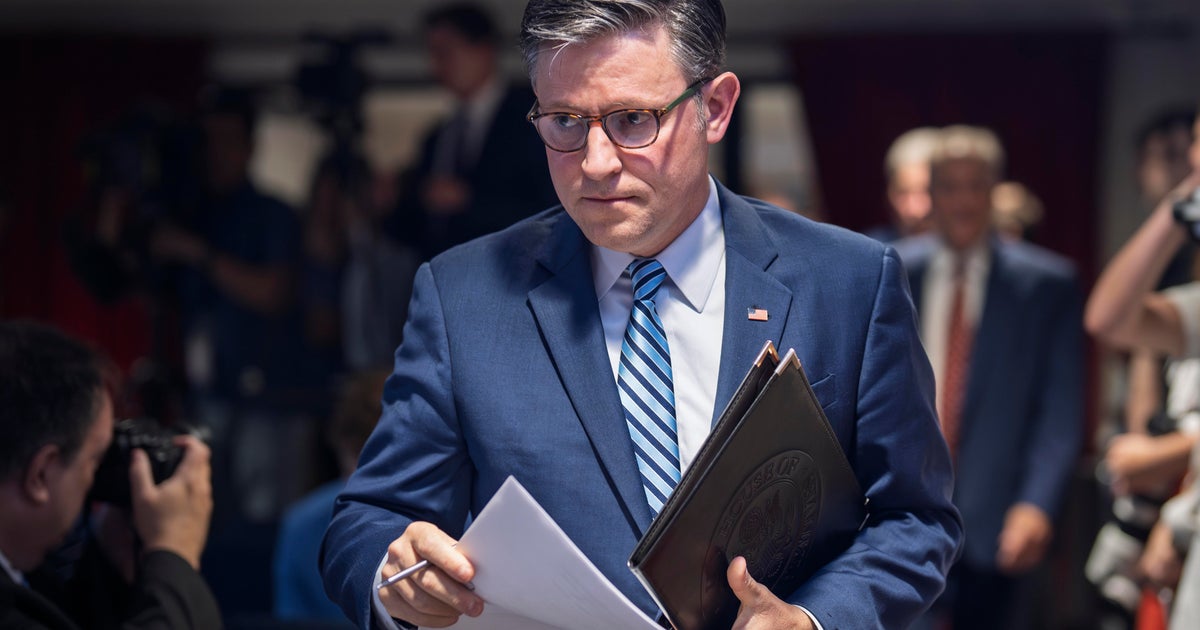
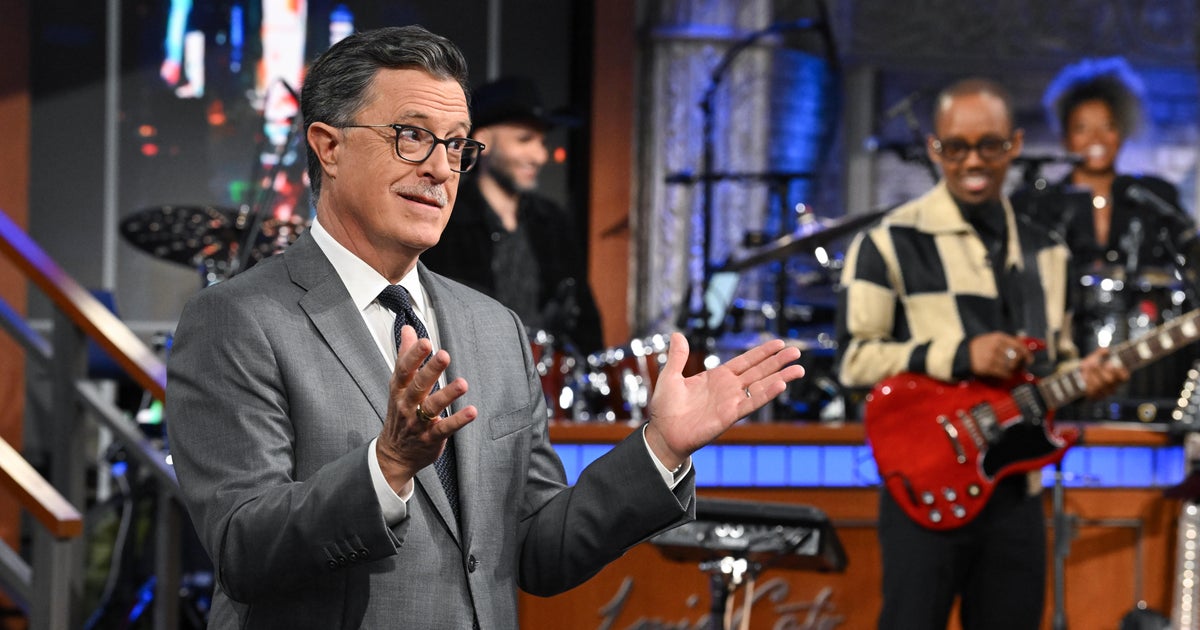
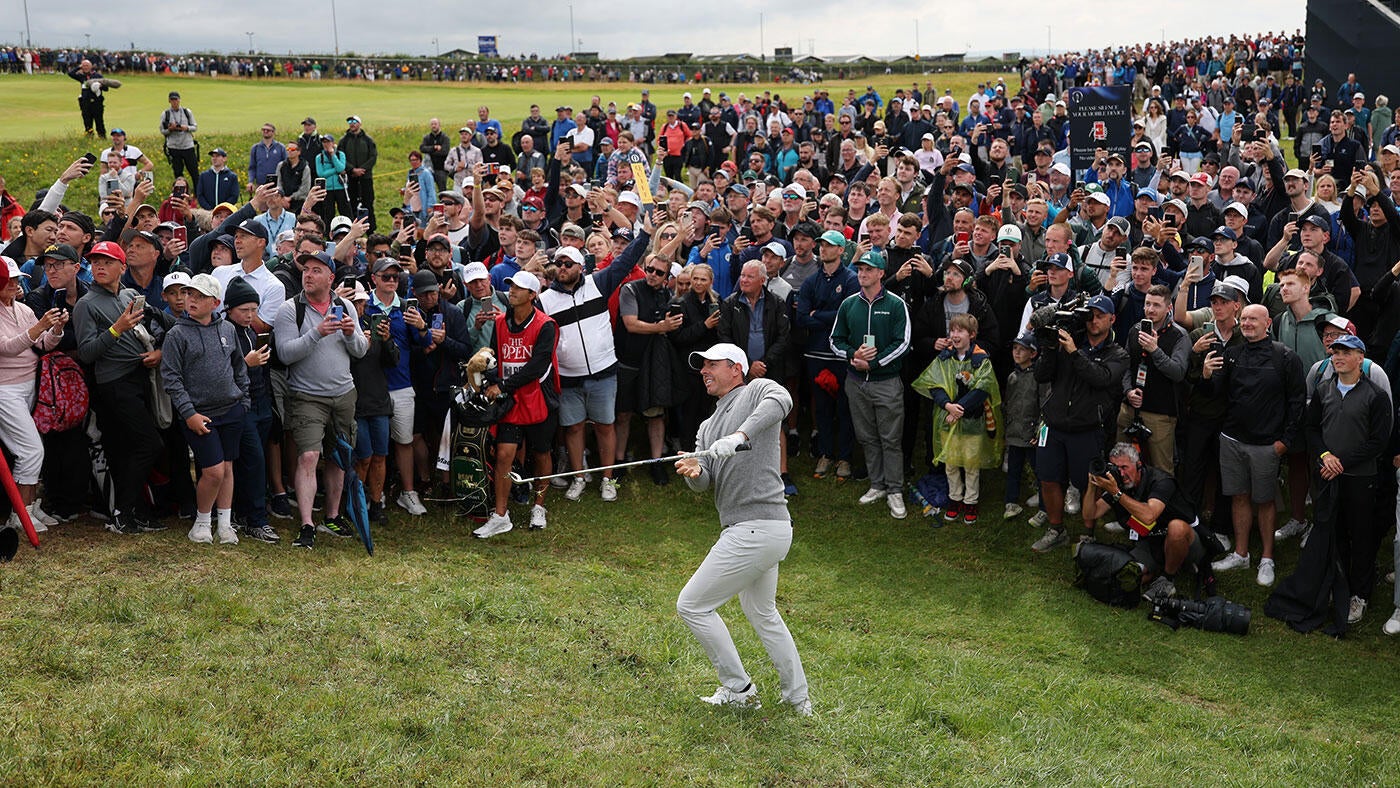
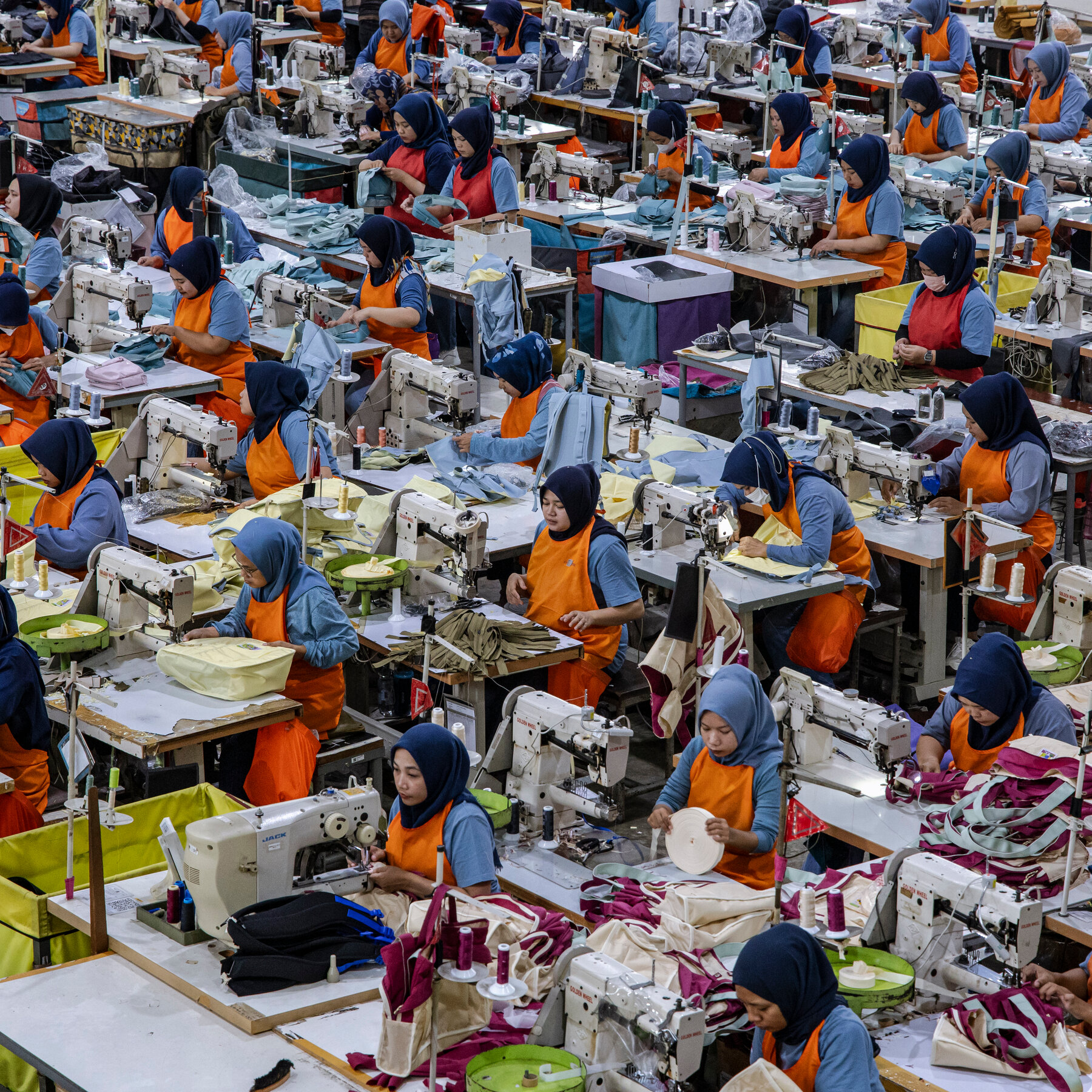
-3.png)



